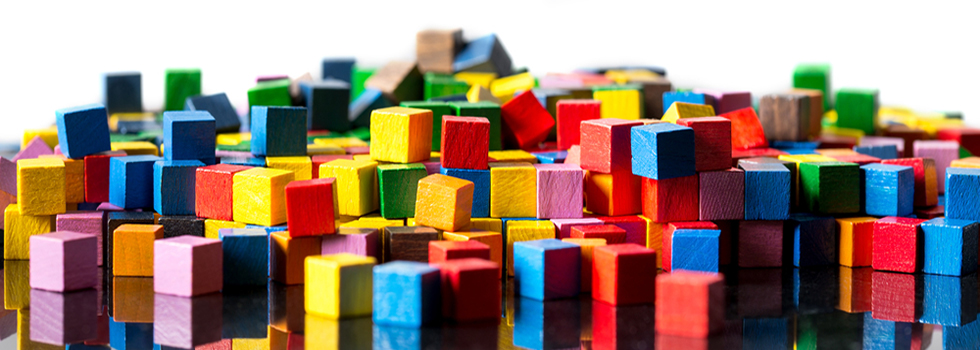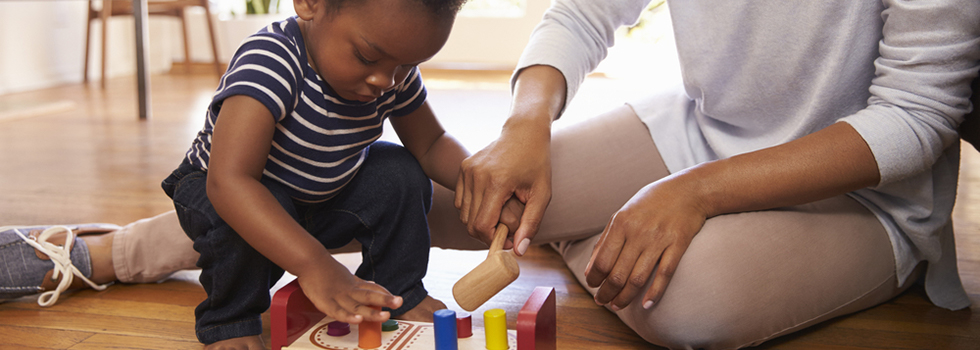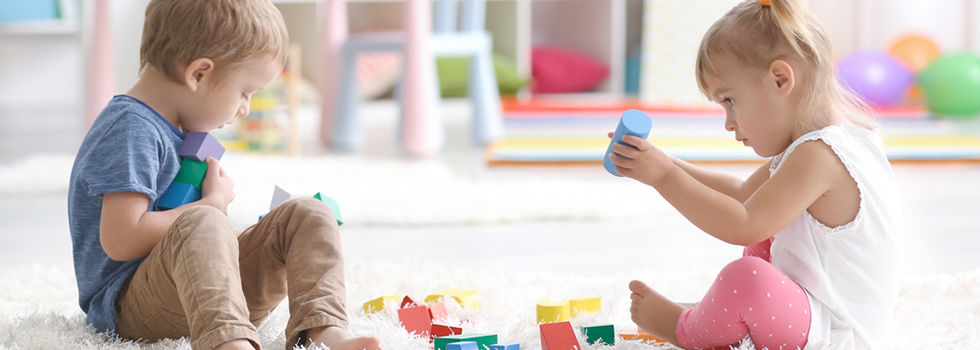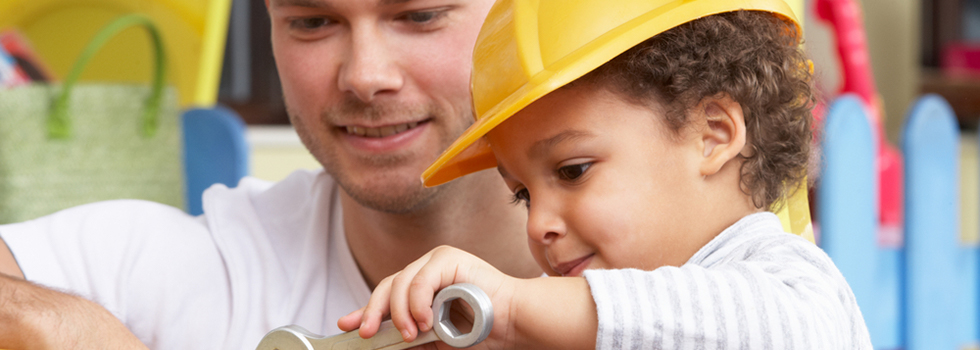The USATLA helps its members by providing:
• Meetings and one-on-one experiences with other professionals in the field of play, including toy librarians, child therapists, teachers, librarians, toy makers, parents and medical professionals. Regional, national and international conferences provide occasions for dialogue and opportunities to build lasting professional relationships.
• Practical advice and information. USATLA brings you up-to-date information on toys, especially those that carry the most play value. USATLA distributes information on toy repair and discounts. We provide research material on play, toys and early learning. We offer books on play, good toys and how to establish and maintain toy libraries in a variety of settings.
• Educational and promotional materials that help individuals and organizations start and promote toy libraries, understand more about resources necessary to create valuable play environments, and provide quality toys. These materials include:
- Newsletter covering toys, play, play environments, trends, people, reading matter, toy libraries;
- Packets of materials for media distribution;
- Resources available for purchase;
- USATLA Operator's Manual describing toy library setup and operation;
- Directory of toy libraries in the USA;
- Resource pool of hundreds of people involved in the field of early childhood who advocate for or use toy libraries worldwide.
• A world vision. USATLA represents a part of a large international network. USATLA is actively involved in the International Association of Toy Libraries. European leaders in the field of early childhood tie in closely to the toy library and play movement there.
• Informed listening audience. For the manufacturer, distributor or retailer, the USATLA offers opportunities to advertise products in publications and at conference exhibits. The USATLA provides an audience of professionals who purchase toys for their facilities and influence the decisions of parents and providers.
Guidance from the CDC on Cleaning and Disinfecting Toys
In light of the coronavirus pandemic, here are recommendations from the Center for Disease Control about cleaning and disinfecting toys. The CDC is a trusted source!
How to Clean and Disinfect Toys
· Clean off visible dirt with soap and water.
· Spray the toys with disinfectant and allow the disinfectant to remain in contact with the toy for one minute and then wipe off.
· Toys that are likely to be mouthed by infants and toddlers should be rinsed with clean tap water after they are disinfected.
In addition, the CDC recommends the following:
· Children and parents should wash their hands with soap and water or clean their hands with antiseptic hand gel before entering and when leaving the common play area.
· Toys used in play areas should be made of smooth solid surfaces that can be easily cleaned and disinfected. Avoid toys with small pieces and crevices and those made of fabric or fur.
· Donations of stuffed animals or other toys that cannot be cleaned and disinfected should be accepted only if they are new and then should be distributed to individual children to keep and not kept in common play areas to be shared.
· Toys should be cleaned and disinfected at least three times a day. In addition, they should be cleaned immediate if they are soiled with vomit, stool or other body fluids.
The cleaning of toys (disinfecting) three times a day may put a strain on toy librarians; but may be more important than ever now.
The World Health Organization recommends the following cleaning procedures:
Chlorine Bleach considerations and recommendations:
Household bleach is an effective agent against most bacteria and viruses. It is important to follow recommended dilution guidelines for specific surfaces. Certain precautions should always be adhered to when using bleach, including:
- Dilute and perform disinfection procedures and in a well-ventilated area. Adverse effects of inappropriate mixtures of household cleaners usually are caused by prolonged exposure to an irritant gas in a poorly ventilated area
- Avoid combining bleach with acids (like vinegar) or ammonia (Windex). Potential irritants released from such mixtures are chlorine gas, chloramines and ammonia gas
- Wear appropriate personal protective equipment as chlorine bleach is corrosive and irritating to mucosal tissue, skin, eyes and upper and lower respiratory tract
- It is recommended using a “pump” or “pour” bottle instead of a spray bottle to avoid aerosolizing the bleach solution
- Prepare bleach solutions daily.
- Open bottles of chlorine bleach should be discarded after 30 days
- If a splash occurs to mucosal tissues, immediately flush with water"
A number of toy libraries choose not to use a bleach based agent. If you are a facility that does not use a bleach based agent, be sure that it is an EPA-registered BACTERICIDAL agent, not a BACTERIAL STATIC agent. You will also need to be aware of what specific bacteria and viruses the agent kills. This will be listed on the package or package insert.
We hope this information helps and calms nerves as well. We will continue to monitor the situation.
USATLA: Promoting Development Through Toys and Play





